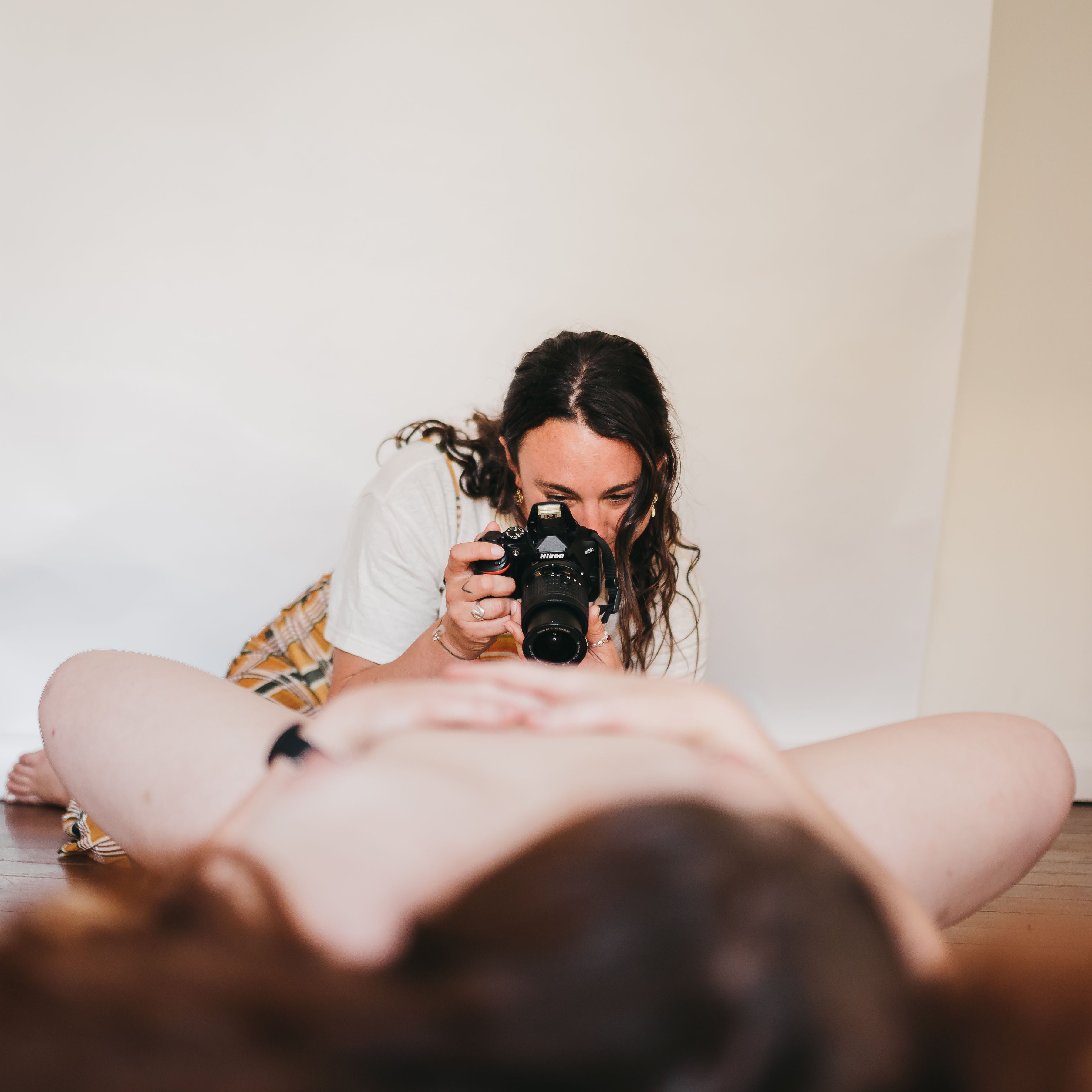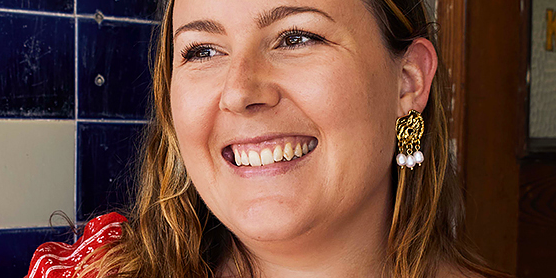Why Vulva Diversity Awareness Is Crucial For School Sexual Education

We only have to look as far as the recent data from Women’s Health Victoria that found that labiaplasty is the fastest-growing surgery in Australia to see that people feel increasingly pressured to conform to a narrow standard of beauty. This is perpetuated by the lack of education that exists for young people, the media we consume and how online our society is today.
Majority of the vulvas shown in mainstream media, on the internet, medical textbooks and more have been digitally or surgically altered. The internet is now the primary source of sex education and information for teenagers. Women’s Health Victoria found that 69% of Australian teenage girls had seen sexually explicit material on the internet.
Whether we like it or not, young women and men consume these images without being aware that the majority of what they see isn’t ‘real’.
This is why we need more comprehensive sexual education within schools because its where the conversation begins. Through speaking with thousands of women as part of my pledge to photograph 500 vulvas, it's common for them to quote a remark made at school as what sparked their insecurities. That’s where my own vulva insecurities started.
In its current format, sexual education within schools is failing to teach young people about the true diversity of their bodies, leading to unrealistic expectations and unnecessary shame. It is often something quickly covered in one afternoon as a box ticking exercise - pun intended!
Sexual education is more than just putting a condom on a banana. Young people need a rigorous curriculum that covers every topic related to sexual education from genitalia diversity to consent to tracking menstrual cycles and more.
Through my work as a kindergarten teacher and through my dozens of conversations with teachers, I’ve learnt that education about the body, sex and consent is critical in creating healthy boundaries and people advocating for their own health and safety. Specifically around consent, having these conversations early is critical in preventing sexual assault, which is far too common amongst young women.
I would love to see as much importance placed on sexual education as any other class in high school. This curriculum shouldn’t be delivered by your average PE teacher but trained sex educators with the right education to ensure we’re having safe, smart conversations.
My book, Flip Through My Flaps, was designed to offer an honest representation of vulvas to show that, like all other parts of the body, they come in an array of shapes, sizes and colours. My hope is that the book can play a role in sexual education classes to invite conversations around vulvas and shift the narrative from one of secrecy to openness and acceptance. Of course, the book is not right for every age group and each sexual education class should be tailored to be appropriate for the age of the students.
By making vulva photography more accessible, I hope that Comfortable In My Skin can foster a more inclusive and positive culture where the diversity of vulvas is celebrated rather than hidden or judged.
I created Comfortable In My Skin in 2018 to help people embrace their bodies and as a resource so that no vulva owner will ever feel different and alone. Because of my own vulva insecurities, I know how it feels to feel shame about your body, but I also know that you can turn self-hate into self-love with the right tools.
Check out the book here.
More advice for parents and carers can be found on Women’s Health Victoria’s Labia Library here.
0 comments




